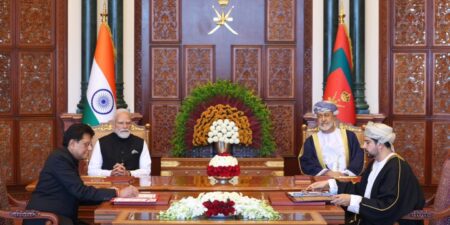
Philippines Unveils Luzon Economic Corridor Projects

The BGA Philippines Team, led by Managing Director Victor Andres Manhit, wrote an update to clients on recently unveiled projects of the Luzon Economic Corridor.
Context
- The Philippines’ National Economic and Development Authority and the Department of Transportation on August 12 proposed 21 projects for inclusion in the Luzon Economic Corridor. Authorities determined that of the 21 projects, the combined cost of 12 of them amounted to PHP 2.1 trillion ($37.2 billion). The cost of the others has yet to be determined.
- The Luzon Economic Corridor aims to enhance connectivity between Subic Bay, Clark, Manila and Batangas and in turn boost economic growth and reduce Manila congestion. It is the first Indo-Pacific corridor proposed by the Group of Seven’s (G-7) Partnership for Global Infrastructure and Investment (PGI), which was launched in 2022 in response to China’s Belt and Road Initiative. PGI harmonizes financing resources to identify infrastructure projects and partnerships capable of unlocking private capital to drive strategic and sustainable development that serves investor, corporate and national interests. The United States has mobilized more than $60 billion in investment toward PGI from public and private sources to date and aims for a cumulative $600 billion with other G-7 countries by 2027.
Significance
- Luzon is identified as a strategic location due to its concentration of economic activities, logistics facilities and raw materials, making it ideal for development projects. The initiative emphasizes improving infrastructure around Bulacan airport, Clark and the highways to Subic and CALABARZON. Region IV-A, commonly known as CALABARZON and regarded as the Philippines’ Silicon Valley, is central to this plan.
- The projects present opportunities to enhance value chains, particularly for semiconductor firms, including those involved in intermediate components and research and development. This initiative will benefit industries such as information technology business process outsourcing, agriculture and natural resources, with potential expansions to the Visayas and Mindanao.
Implications
- The Luzon Economic Corridor offers investment opportunities in a number of sectors, including transportation, manufacturing, real estate and infrastructure, tourism, clean energy, semiconductors and agriculture. Despite expectations that it will generate $100 billion in investment from the United States and Japan over the next decade, attracting additional project developers and financiers remains a challenge to operationalizing the initiative.
We will continue to keep you updated on developments in the Philippines as they occur. If you have any questions or comments, please contact BGA Philippines Managing Director Victor Andres Manhit at vmanhit@bowergroupasia.com.
Best regards,
BGA Philippines Team

Victor Andres Manhit
Managing Director
Dindo is recognized as one of Manila’s most well-connected and savvy advisors on developments in government and business in the Philippines. Concurrent to his role as managing director for BGA’s operations in the Philippines, he is also the founder and managing director of the Stratbase Group and president of its policy think tank, the Albert del Rosario Institute for Strategic and International Studies. Since 1991, Dindo has served as a member of the faculty and is the former chair of the Political Science Department and a senior fellow of the La Salle Institute of Governance at the De La Salle ... Read More
×






















